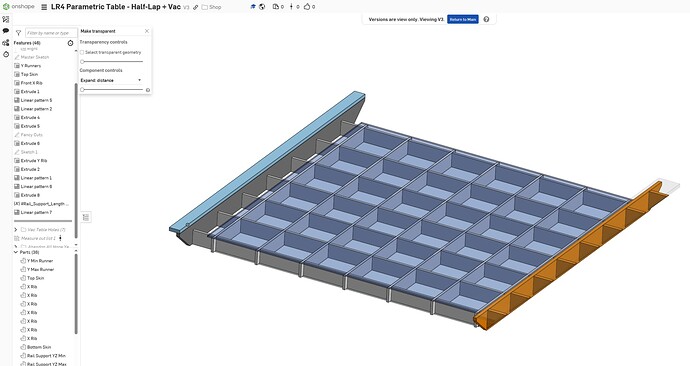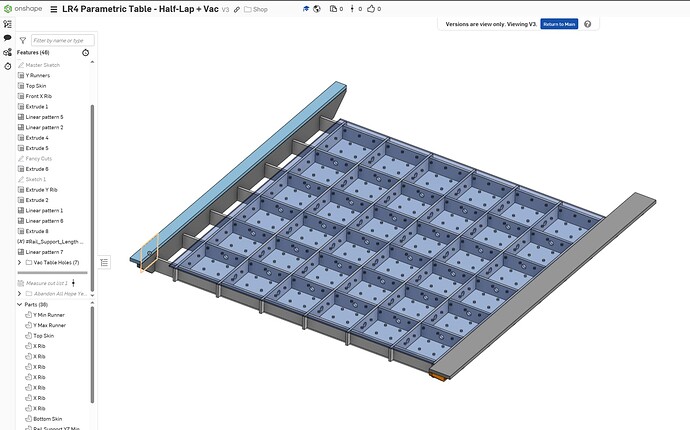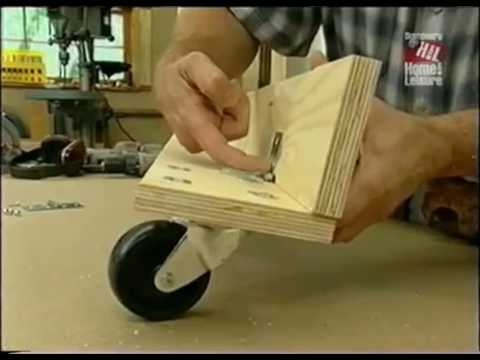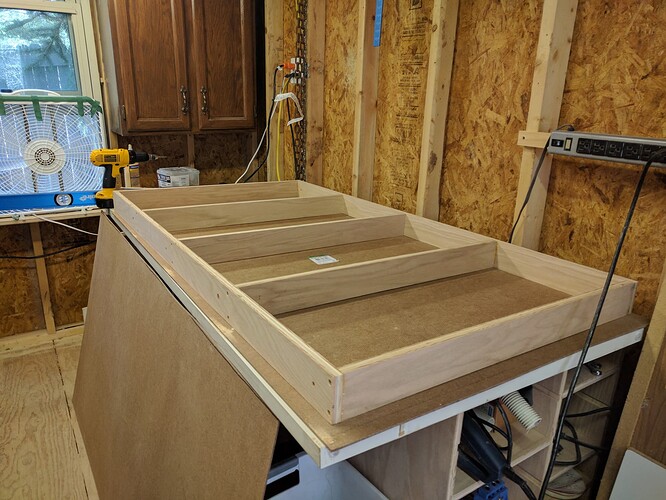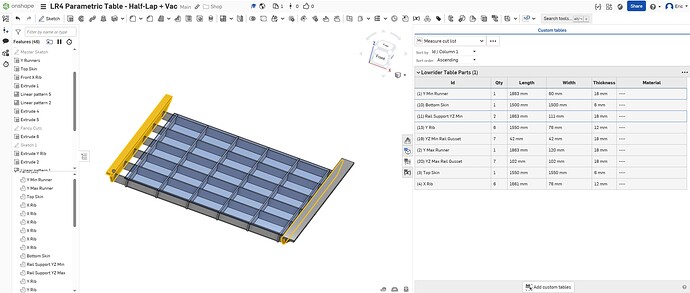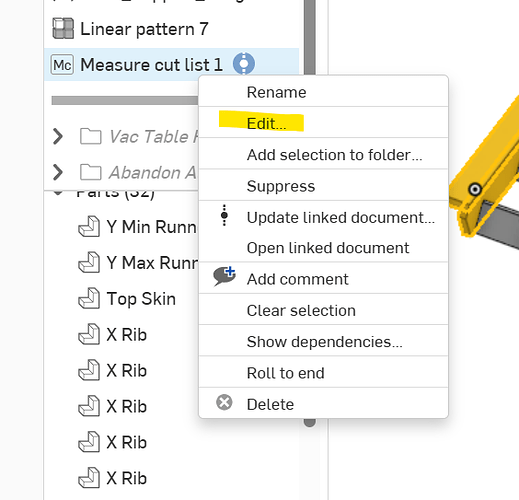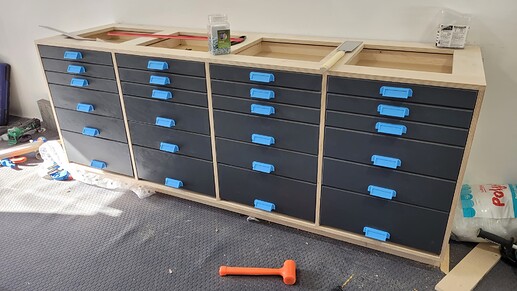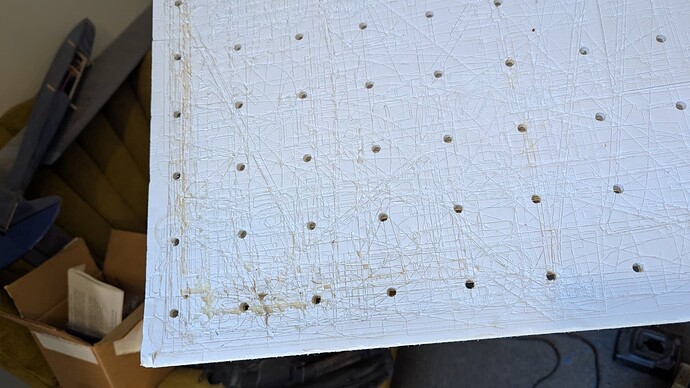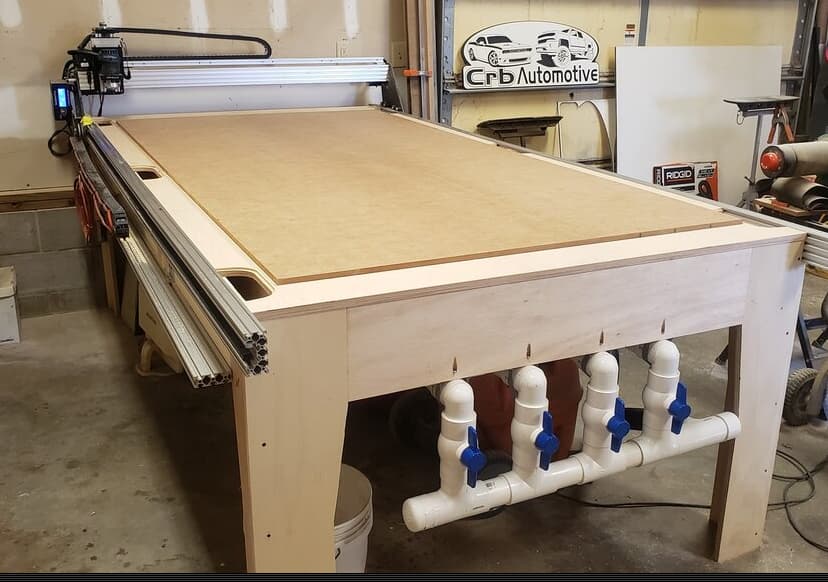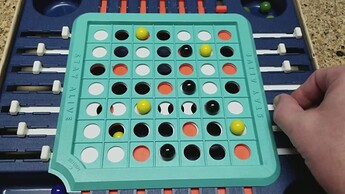I have been mucking around with the Parametric Table(s) for my own preference on how to build a torsion box/table with what I have in my shop.
I wanted to use half-lap joinery for the torsion ribs, instead of all those screws and little pieces, and I have the capacity to cut my own parts, so don’t have to resort to MDF moldings. My gut says slicing up a 4x8 sheet of 9mm or 12mm MDF will be cheaper.
My plan is to rip all of those ribs, edges, rails, etc on my Sawstop, and then set up my router to cut the half-laps. Then slot them together, square, glue, screw, whatever to make the torsion box.
I’m also pondering implications of the Top Skin and the Spoilboard being two different things.
If you have the capacity, maybe this Onshape design will work for you.
I’m a bullet point kinda guy, so:
- This is my first use of OnShape. Have mercy.
- I did not modify the leg designs. I am strictly futzing around with the top. The old Leg stuff has been moved to a folder.
- I am going to be experimenting with using vacuum power to hold the work down. Basically the idea will be to slap my material down, and rely on my dust collector to collect dust AND provide vacuum pressure (It’s a big 'un). So, there’s a folder for all those features. Just move the project pointer past that folder if you want to play with that. I’ll update with news of how it’s going.
- Cleaned up the variable table and added new appropriate values for my changes. Removed vars that were obsolete. Added some for a few magic numbers I found.
- Added the ability to add extra clearance/height to the rails, to allow for full use of Z axis range, or allow attachments that need to dip down lower.
- Switched the drawing to metric. I find it easier to set my tools up for metric.
- Changed the rail supports to use gussets.
Also considering using thin aluminum bar mortised into the rails for the “drive” lane to eliminate wear. Though I don’t know how much of an issue that would be. I wouldn’t be me if I didn’t overthink it.
Also wondering if there are issues with dust and debris interfering with the bearings. Air assist or vacuum/brush attachments?
I’m open to feedback, suggestions, comments, ideas. Though I can’t promise if/when I’ll get a chance to act on anything.
I’m sharing a link to my “V3” of this. If anyone knows how to keep one link that just goes to the latest version, I’m all ears. Otherwise I guess updates will mean new links to new versions.
